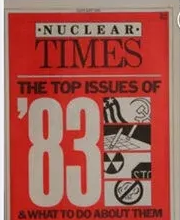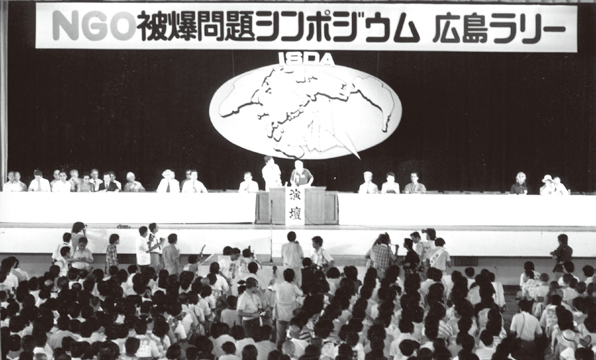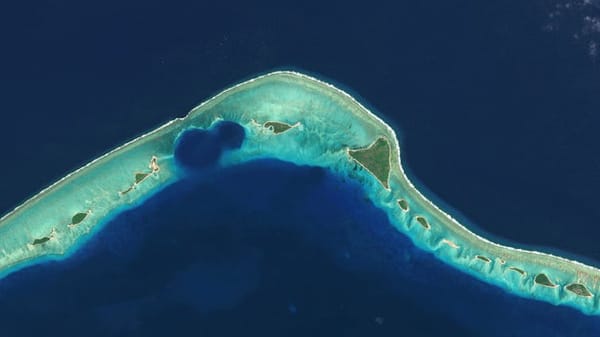The Beginning: Atomic Bombings
On August 6 and 9, 1945, the United States dropped atomic bombs on Hiroshima and Nagasaki. Over 210,000 people died by the end of 1945, creating a generation of survivors—the hibakusha—who would dedicate their lives to ensuring such horror never happened again.












